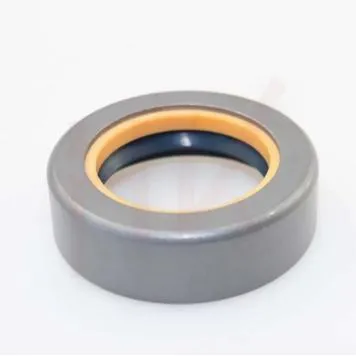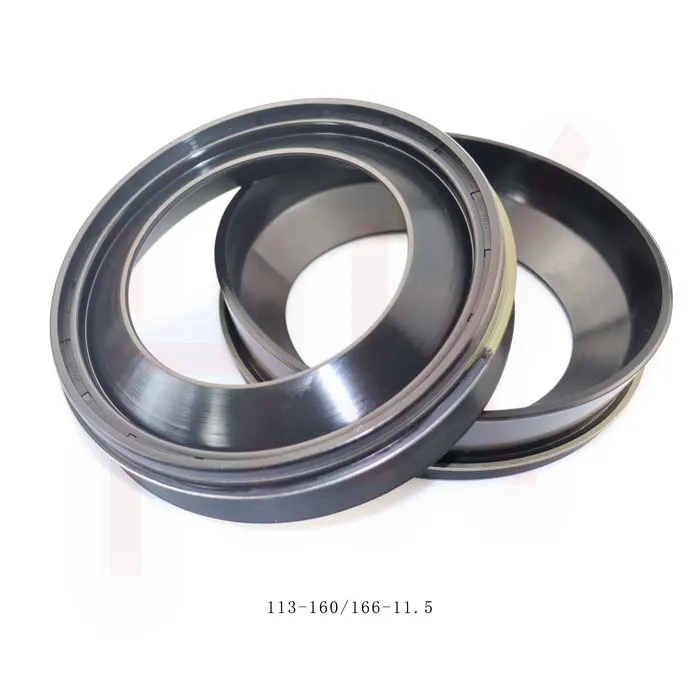- Afrikaans
- Albanian
- Amharic
- Arabic
- Armenian
- Azerbaijani
- Basque
- Belarusian
- Bengali
- Bosnian
- Bulgarian
- Catalan
- Cebuano
- Corsican
- Croatian
- Czech
- Danish
- Dutch
- English
- Esperanto
- Estonian
- Finnish
- French
- Frisian
- Galician
- Georgian
- German
- Greek
- Gujarati
- Haitian Creole
- hausa
- hawaiian
- Hebrew
- Hindi
- Miao
- Hungarian
- Icelandic
- igbo
- Indonesian
- irish
- Italian
- Japanese
- Javanese
- Kannada
- kazakh
- Khmer
- Rwandese
- Korean
- Kurdish
- Kyrgyz
- Lao
- Latin
- Latvian
- Lithuanian
- Luxembourgish
- Macedonian
- Malgashi
- Malay
- Malayalam
- Maltese
- Maori
- Marathi
- Mongolian
- Myanmar
- Nepali
- Norwegian
- Norwegian
- Occitan
- Pashto
- Persian
- Polish
- Portuguese
- Punjabi
- Romanian
- Russian
- Samoan
- Scottish Gaelic
- Serbian
- Sesotho
- Shona
- Sindhi
- Sinhala
- Slovak
- Slovenian
- Somali
- Spanish
- Sundanese
- Swahili
- Swedish
- Tagalog
- Tajik
- Tamil
- Tatar
- Telugu
- Thai
- Turkish
- Turkmen
- Ukrainian
- Urdu
- Uighur
- Uzbek
- Vietnamese
- Welsh
- Bantu
- Yiddish
- Yoruba
- Zulu
Dec . 02, 2024 16:01 Back to list
Single Acting Piston Seal Size on System Performance
The single acting piston seal plays a crucial role in hydraulic systems by providing a reliable seal between the piston and cylinder, preventing fluid leakage while maintaining pressure. When choosing a single acting piston seal, the size selection is key to ensuring optimal performance in various applications.

In general, the size of the single acting piston seal is directly related to the piston diameter, which in turn affects the sealing force and the amount of fluid pressure the seal can withstand. A small-sized seal offers the advantage of providing a more compact fit, which can be ideal for smaller, low-pressure applications. However, in applications where there is higher pressure or more significant movement, a larger seal may be required for better performance and greater durability.
Choosing the right size ensures the seal fits tightly, minimizing friction and extending its lifespan. While a smaller seal might be easier to install and less expensive, it may not provide the necessary sealing performance under higher pressure. On the other hand, choosing a single acting piston seal that’s too large can cause excessive friction, heat buildup, and even premature wear.
The Importance of Correct Hydraulic Motor Oil Seal Size for Longevity
Hydraulic motor oil seals are vital in maintaining the integrity of hydraulic motors, preventing leaks, and keeping contaminants out of the system. As with any hydraulic seal, choosing the correct size is crucial for ensuring the seal's effectiveness in your motor’s operation. If the seal is too small, it may fail to provide a proper barrier, allowing oil to leak out or contaminants to enter the motor. Conversely, a seal that is too large could increase friction, which leads to overheating and wear over time.
When selecting hydraulic motor oil seal sizes, it’s important to consider both the size of the motor and the pressures it will operate under. For high-performance motors that work in heavy-duty applications, choosing a larger seal may provide extra durability and help manage the higher pressures generated by the motor. For motors in more compact machinery, a smaller seal might be appropriate, ensuring a good fit without wasting material or adding unnecessary bulk.
Small-sized seals might be better suited for compact, low-flow systems, while larger seals are ideal for heavy-duty systems where higher pressures and more frequent movement are common. A hydraulic motor oil seal that’s the right size will ensure smooth operation, prevent leakage, and contribute to a longer service life.
Choosing the Right Hydraulic Oil Seal Sizes for Different Applications
The size of hydraulic oil seals plays a significant role in determining the effectiveness of the sealing performance across various applications. Hydraulic systems operate in diverse environments, from simple hydraulic jacks to complex industrial machines, each requiring different sealing characteristics.
In applications where the hydraulic system is exposed to lower pressures and simpler movements, smaller hydraulic oil seal sizes may be sufficient. These smaller seals offer cost efficiency and work well when the risks of contamination and leakage are lower. They are also easier to install in systems with tight space constraints, providing a more streamlined, compact solution.
However, in more demanding applications where the system faces higher pressures, temperature fluctuations, or constant movement, larger hydraulic oil seal sizes may be necessary. Larger seals are designed to withstand the higher internal pressures while maintaining the seal’s integrity over a long service life. They provide a tighter fit and better resilience against external contaminants, ensuring that the hydraulic system remains in good working condition.
When choosing between small and large hydraulic oil seal sizes, it’s important to consider the application’s operating conditions, fluid type, temperature, and movement speed. A seal that’s too small could result in premature failure, while a seal that’s too large may reduce system efficiency by increasing friction and causing overheating.
Advantages and Disadvantages of Small vs. Large Seals for Different Systems
Advantages of Small Seals:
- Cost-Effective: Smaller seals often cost less to manufacture, which can be an advantage for applications that don’t demand high performance or durability.
- Compact Design: Small seals are ideal for systems with space limitations. They can be easily integrated into smaller machines or components without taking up too much room.
- Reduced Friction: In low-pressure or low-load systems, smaller seals may reduce friction, allowing for smoother operation and better energy efficiency.
Disadvantages of Small Seals:
- Limited Pressure Resistance: Small seals may not be able to handle high pressures, leading to leaks or premature failure.
- Reduced Durability: They may wear out faster in heavy-duty applications, requiring more frequent maintenance and replacements.
Advantages of Large Seals:
- Higher Pressure Resistance: Larger seals can handle higher pressures and more demanding conditions, making them suitable for heavy-duty machinery and high-performance systems.
- Enhanced Durability: With a larger surface area, these seals can last longer and resist wear, offering better protection over extended periods of use.
- Improved Containment: Large seals help to maintain a more consistent seal under varying conditions, reducing the likelihood of contamination and fluid leakage.
Disadvantages of Large Seals:
- Higher Cost: Larger seals generally cost more to produce, which could increase the overall cost of machinery.
- Increased Friction: In certain applications, a larger seal may generate more friction, which could lead to inefficiency, overheating, or even premature failure in systems that don’t require such high-performance sealing.
Finding the Right Hydraulic Oil Seal Sizes for Optimal Efficiency
Choosing the right hydraulic oil seal sizes is a balancing act. Selecting a seal that’s appropriately sized for the application is essential for maintaining optimal performance and efficiency. The correct size ensures the seal functions as intended, minimizing leakage, friction, and wear, while also reducing the risk of system failure.
When determining the ideal size, consider factors such as the operating pressure, fluid type, temperature, and the specific requirements of the machinery. For machines operating under high stress and pressure, larger seals provide the best protection. However, for smaller, less demanding applications, smaller seals offer a cost-effective solution without compromising performance.
In conclusion, single acting piston seals, hydraulic motor oil seals, and hydraulic oil seal sizes each play a vital role in ensuring the longevity and reliability of hydraulic systems. Choosing the right seal size — whether small or large — directly impacts the performance, efficiency, and lifespan of the machinery. For reliable, high-quality sealing solutions, visit our website and explore our range of hydraulic oil seals that are tailored to meet the specific demands of your application. Don’t compromise on quality — choose the best seals to keep your systems running smoothly!
-
Reliable Oil Seal Wheel Hub Solutions for Industrial & Automotive Use
NewsNov.17,2025
-
Durable Front Hub Oil Solutions for Industry – HKAiSeal
NewsNov.17,2025
-
Wholesale Hydraulic Pump Motor Seal Kit A4VSO250 | In Stock
NewsNov.17,2025
-
Pump Seal Kits: Essential Components for Industrial Reliability
NewsNov.17,2025
-
TCV Oil Seal - Double-Lip, Spring-Loaded, High Temp & Wear
NewsNov.17,2025
-
Hydraulic Seal Kits: Reliable Solutions for Industrial Equipment
NewsNov.17,2025
-
Combined oil seal 659214 12001903B, fits 119990, NBR OEM
NewsNov.17,2025
Products categories
















